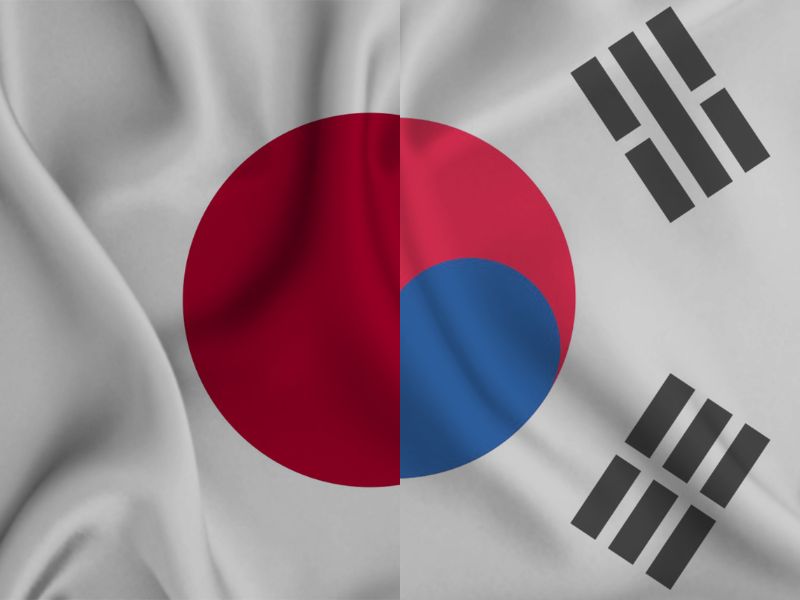The 2002 FIFA World Cup was a landmark event in football history, not only because it marked the first time the tournament was co-hosted, but also because it took place in two nations with rich footballing traditions – South Korea and Japan. As the world’s attention turned to East Asia, a total of 20 stadiums stood ready to host the footballing extravaganza. From iconic venues with storied histories to modern arenas showcasing cutting-edge design, the stadiums of the 2002 World Cup provided the perfect backdrop for a tournament filled with passion, drama, and footballing brilliance.
1. Seoul World Cup Stadium – Seoul, South Korea
The Seoul World Cup Stadium, located in the heart of Seoul, was the centerpiece of South Korea’s footballing fervor. Designed to resemble a traditional Korean kite, the stadium’s unique architecture became an iconic symbol of the tournament. Home to the opening match and the final, the stadium witnessed unforgettable moments that etched themselves into World Cup history. The electric atmosphere created by passionate Korean fans reverberated throughout the tournament, adding to the spectacle of the beautiful game.
2. Yokohama International Stadium – Yokohama, Japan
The Yokohama International Stadium, also known as Nissan Stadium, hosted the final showdown between Brazil and Germany. This state-of-the-art arena in Yokohama, Japan, was a testament to modernity, boasting cutting-edge technology and a retractable roof. As the stage for the World Cup final, the stadium showcased the culmination of a month-long celebration of football, with fans from all over the world coming together to witness the crowning of a new champion.
3. Sapporo Dome – Sapporo, Japan
The Sapporo Dome in Sapporo, Japan, was a marvel of engineering, featuring a retractable grass pitch that could be moved in and out of the stadium. This allowed the venue to host both football and baseball games, demonstrating the versatility of sports facilities in Japan. With its unique design and ability to withstand the region’s extreme weather, the Sapporo Dome was a standout stadium in the World Cup, providing an unforgettable experience for players and fans alike.
4. Daegu World Cup Stadium – Daegu, South Korea
The Daegu World Cup Stadium, nestled amid lush greenery, exemplified the harmony between modern infrastructure and natural surroundings. This stadium in Daegu, South Korea, was designed with the comfort of spectators in mind, offering excellent sightlines and acoustics. The venue played host to several exhilarating matches, adding to the excitement and intensity of the tournament’s knockout stages.
5. Niigata Stadium – Niigata, Japan
The Niigata Stadium, situated along the picturesque coast of Niigata, Japan, offered stunning views and a serene setting for football matches. With its retractable roof, the stadium ensured that matches could take place regardless of weather conditions, enhancing the reliability and predictability of the World Cup schedule. Fans in Niigata experienced the thrill of World Cup football, as the stadium hosted group stage matches that showcased the diverse talent of participating nations.
A Celebration of Football and Culture
The stadiums of the 2002 World Cup in South Korea and Japan were not merely venues for matches; they were stages where the world united to celebrate football’s unifying power. Each stadium represented a fusion of tradition and modernity, a reflection of the rich cultures and innovations of their host nations. The tournament left an indelible mark on the hearts of football fans worldwide, with the stadiums serving as witnesses to unforgettable moments of triumph, heartbreak, and sheer brilliance on the football field.
As the final whistle blew at the Yokohama International Stadium, Brazil emerged as the victors, claiming their fifth World Cup title. The co-hosted tournament had provided a showcase of footballing excellence and a celebration of diverse cultures, leaving a lasting legacy for South Korea and Japan.
A Timeless Legacy
The 2002 World Cup remains a cherished memory in the history of global football. The stadiums that stood tall across South Korea and Japan during the tournament continue to be hallowed grounds for football enthusiasts. They bear witness to a time when the world’s most popular sport transcended borders, language, and culture, uniting nations and leaving an enduring legacy of football’s ability to bring joy, passion, and a sense of shared humanity to millions.

